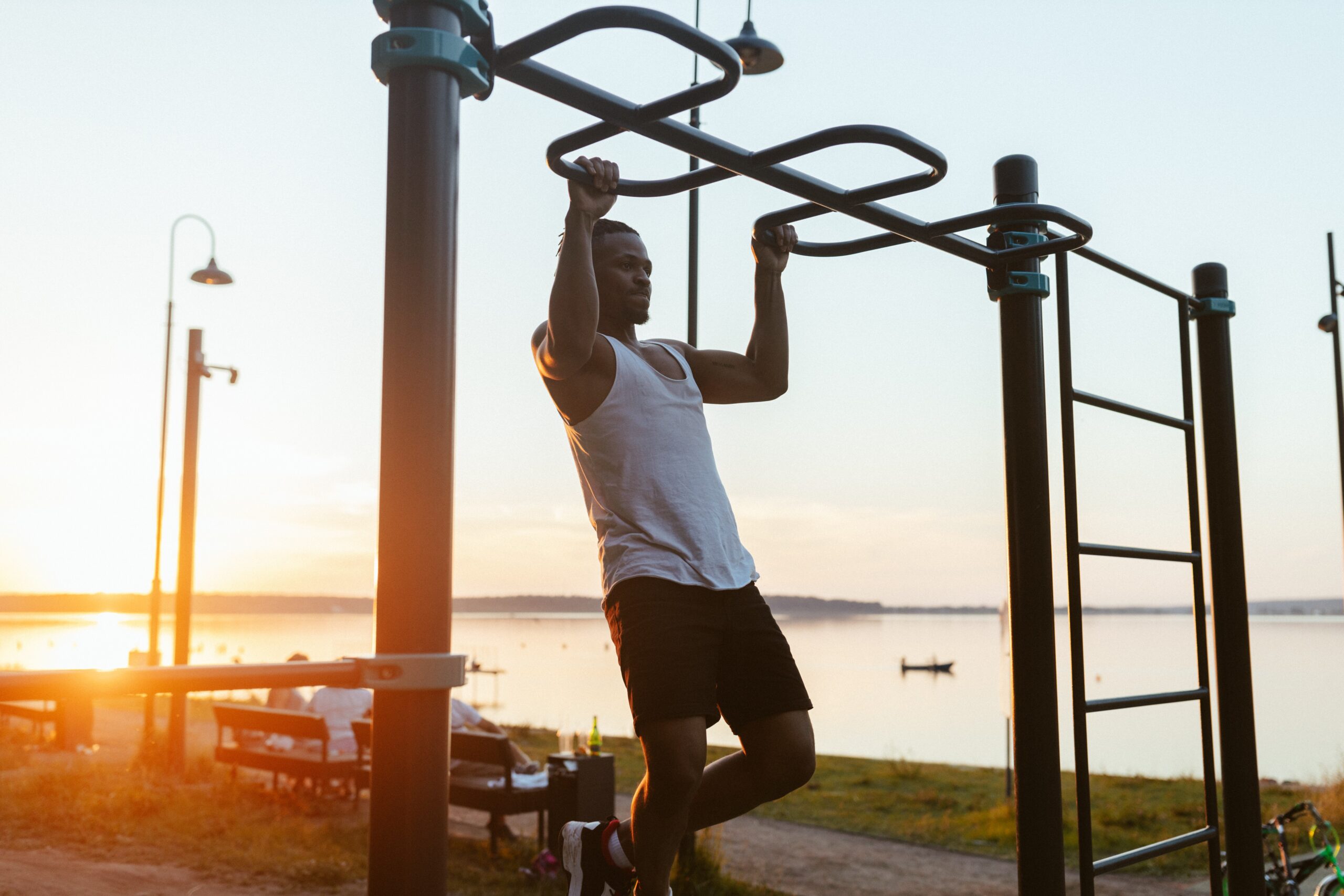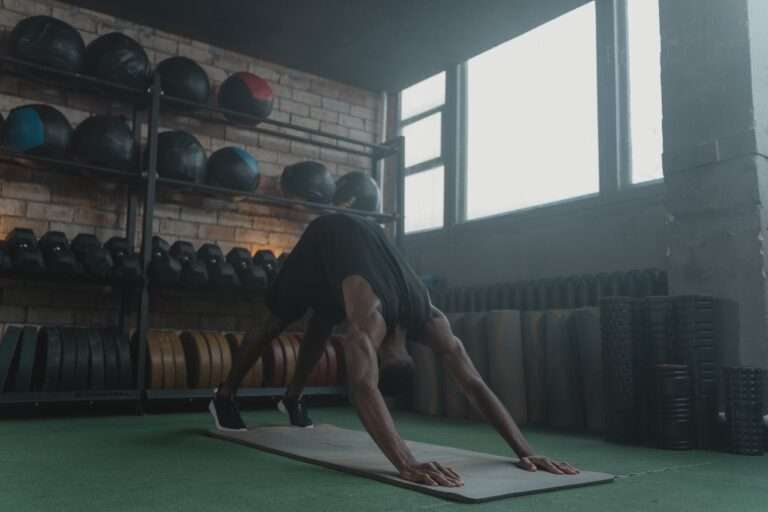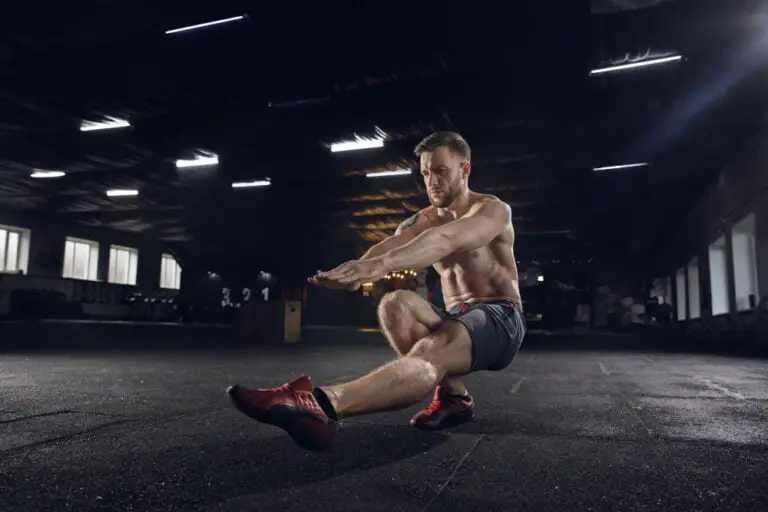The Ultimate Calisthenics Pull Day Workout Plan

Calisthenics, the art of bodyweight training, has taken the fitness world by storm, offering a versatile and effective way to build strength, improve mobility, and sculpt an impressive physique. Among the various calisthenics routines, the pull-day workout stands out as a cornerstone for developing a powerful upper body. In this comprehensive guide, we will take you through the benefits of calisthenics, understand the principles behind a pull-day workout, and present the ultimate routine to enhance your strength and aesthetics.
Calisthenics for Building Strength
Before we dive into the specifics of the pull day workout, it’s crucial to understand why calisthenics is such a powerful method for building strength. Unlike traditional weightlifting, calisthenics focuses on using your body’s weight as resistance, requiring you to engage multiple muscle groups simultaneously. This functional approach not only builds raw strength but also improves coordination, balance, and stability.
Additionally, calisthenics workouts are highly customizable, making them suitable for beginners and seasoned athletes alike. Whether you’re at the gym or in the comfort of your home, the lack of complex equipment means you can always adapt your training to fit your environment.
The Anatomy of a Pull Day Workout
The pull day workout primarily targets and focuses the muscles in your back, biceps, and forearms. These muscles play a vital role in essential movements like pulling, gripping, and lifting. A well-structured pull day routine will ensure balanced muscle development and reduce the risk of injury.
Primary muscle groups focused on during a pull day workout:
Latissimus Dorsi (Lats): The largest muscles in your back responsible for pulling movements like rows and pull-ups.
Rhomboids and Trapezius: These muscles help in stabilizing and retracting the shoulder blades during pulling exercises.
Biceps Brachii: The muscles in the front of your upper arms that aid in bending your elbows during pulling movements.
Forearms: Essential for gripping and holding on to bars during exercises like pull-ups and chin-ups.
Warm-Up Routine
Before diving into the intense pull day workout, it’s crucial to warm up properly. Warming up prepares your body for the upcoming physical stress, increases blood flow to the muscles, and reduces the risk of injury.
An effective warm-up routine for your calisthenics pull day might include:
- Jumping jacks: 2 sets of 30 seconds
- Arm circles: 2 sets of 10 circles forward and backward
- Bodyweight squats: 2 sets of 10 reps
- Dead hang: 2 sets of 10 seconds
- Wrist rotations: 2 sets of 10 rotations in each direction
Also read: Lower body calisthenics workout
The Ultimate Calisthenics Pull Day Workout
Now, let’s get to the heart of the matter – the ultimate calisthenics pull day workout designed to push your limits and maximize your gains. Remember, Success lies in maintaining consistency and perfecting your form for optimal results.
Pull-Ups: 4 sets of 8-10 reps
Target muscles: Lats, Biceps, Forearms
To perform pull-ups, hang from a bar with your palms facing away and your hands slightly wider than shoulder-width apart. Pull your body up until your chin clears the bar, then lower yourself back down with control.
Inverted Rows: 3 sets of 10-12 reps
Target muscles: Rhomboids, Trapezius, Biceps
Set up a barbell or suspension trainer at hip height. Lie underneath it and grasp the bar with an overhand grip, hands shoulder-width apart. Keep your body straight and pull your chest up to the bar, squeezing your shoulder blades together. Lower yourself back down under control.
Chin-Ups: 4 sets of 8-10 reps
Target muscles: Lats, Biceps, Forearms
Just like pull-ups, but with palms turned toward you for chin-ups. Grip the bar with your hands shoulder-width apart and pull your body up until your chin clears the bar.
Isometric Chin-Up Hold: 3 sets of 20-30 seconds
Target muscles: Lats, Biceps, Forearms
Perform a regular chin-up and hold your chin above the bar for the prescribed time, focusing on engaging your muscles.
Bicep Curls: 3 sets of 12-15 reps
Target muscles: Biceps
Use resistance bands or rings to perform bicep curls, keeping your elbows close to your sides and curling your hands towards your shoulders.
Cooling Down and Stretching
Congratulations on completing the ultimate calisthenics pull day workout! To wrap up your session and aid in muscle recovery, it’s essential to cool down and stretch your muscles.
Shoulder Stretch: Hold each arm across your chest for 30 seconds.
Triceps Stretch: Reach one arm over your head and gently push on your elbow with the other hand. Hold for 30 seconds on each arm.
Cat-Cow Stretch: Get on all fours and arch your back like a cat, then drop your belly and lift your head like a cow. Repeat for 1 minute.
Wrist Flexor Stretch: Extend one arm in front of you, palm up, and use your other hand to pull your fingers gently towards your body. Hold for 30 seconds on each arm.
FAQs
How to do a calisthenics pull-up?
Performing a calisthenics pull-up requires using your body weight to pull yourself up to a bar. Follow these steps for proper execution:
- Step 1: Hang from a bar with your palms facing away and hands slightly wider than shoulder-width apart.
- Step 2: Engage your core and pull your body up until your chin clears the bar.
- Step 3: Lower yourself back down with control, fully extending your arms.
Are pull-ups necessary for calisthenics?
Remember to maintain a straight body position throughout the movement and avoid using momentum to complete the pull-up.
While pull-ups are not the only calisthenics exercise, they are a fundamental and highly effective movement for building upper body strength. Pull-ups target various muscles, including the lats, biceps, and forearms, making them a crucial component of a well-rounded calisthenics routine. Incorporating pull-ups into your training will enhance your overall performance and contribute to balanced upper-body development.
Can you do calisthenics without a pull-up bar?
Yes, calisthenics offers a wide range of exercises that can be performed without a pull-up bar. If you don’t have access to a bar, you can substitute pull-ups with alternative exercises such as inverted rows, Australian pull-ups, or bodyweight rows using a suspension trainer or rings. These exercises target similar muscle groups and provide effective alternatives for pull-up variations.
Why am I so weak at pull-ups?
Struggling with pull-ups is a common challenge, especially for beginners. Several factors may contribute to your difficulty with pull-ups:
- Lack of upper body strength: Pull-ups require a significant amount of upper body strength, and if your muscles are underdeveloped, it can be challenging to lift your body weight.
- Poor technique: Incorrect form and lack of proper engagement of the targeted muscles can hinder your performance.
- Lack of practice: Pull-ups are a skill that improves with consistent practice. If you haven’t been training them regularly, progress might be slow.
How many pull-ups are good?
The number of pull-ups considered “good” varies based on individual fitness levels and goals. As a general guideline:
- For beginners: Being able to perform 1-3 proper pull-ups with good form is a great starting point.
- Intermediate level: 4-8 pull-ups indicate a reasonable level of upper body strength and progress.
- Advanced level: 10 or more pull-ups demonstrate a high level of strength and proficiency.
It’s essential to set realistic goals and track your progress over time, continually striving to improve your pull-up capacity.
Remember, everyone’s fitness journey is unique, and the key is consistent effort and commitment to achieve your personal best in calisthenics pull-ups.
Conclusion
The pull day workout is an indispensable part of any calisthenics training routine. By targeting key muscle groups in your upper body, this workout will not only build strength and muscle but also improve your overall athleticism. Remember, mastering the basics, maintaining proper form, and being consistent are essential for making progress in your calisthenics journey.
So, put on your workout gear, find a sturdy bar, and start implementing the ultimate calisthenics pull day workout. Embrace the challenge, enjoy the process, and witness your body transform into a powerhouse of strength and aesthetics. Happy pulling!






